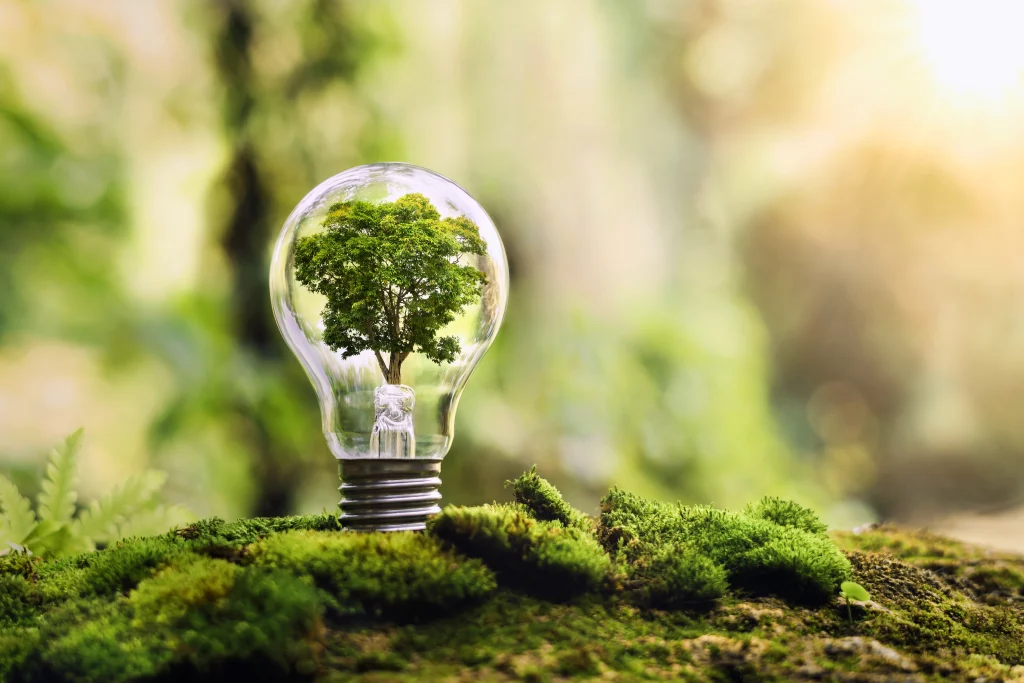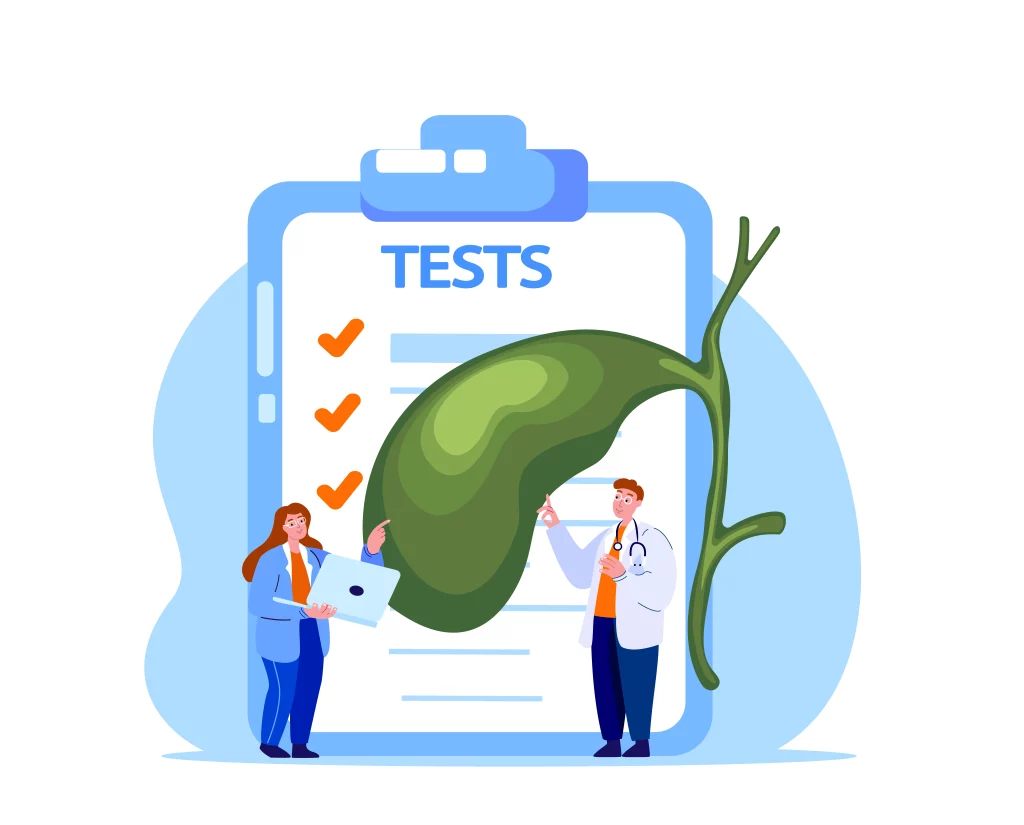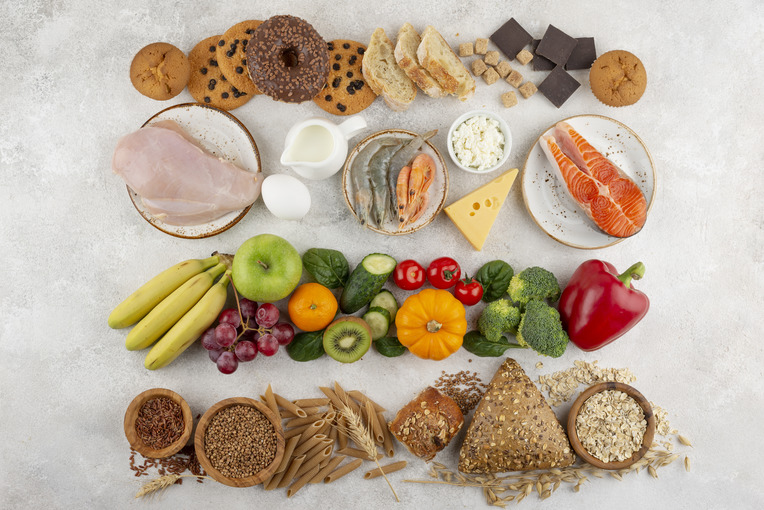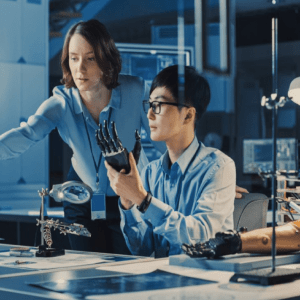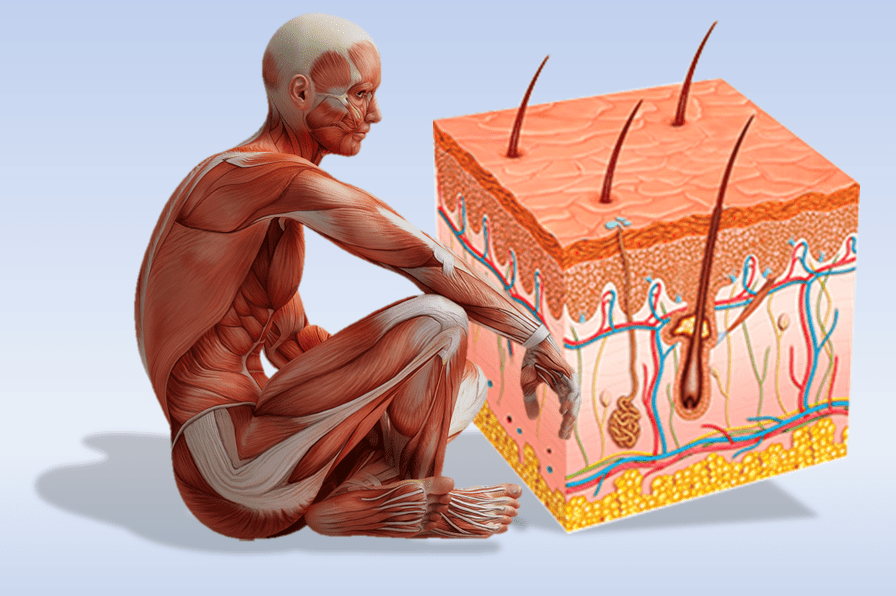Laboratory work №4-5: «Internal structure of the stem. Study of plant root zones»
Information about work In this work, students will be able to see a cross section of a plant stem under a microscope. Students will learn how to independently conduct experiments on seed germination. They will be able to study and observe the formation of plant’s root system.
Laboratory work №4-5: «Internal structure of the stem. Study of plant root zones» Read More »


